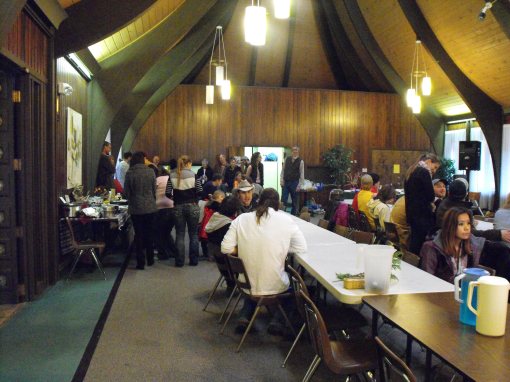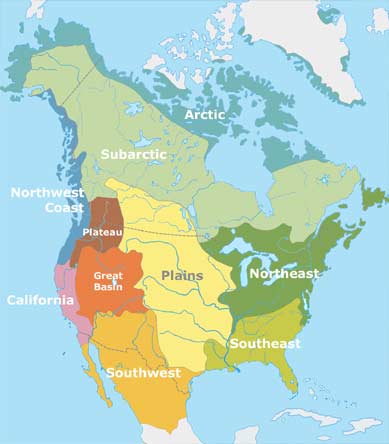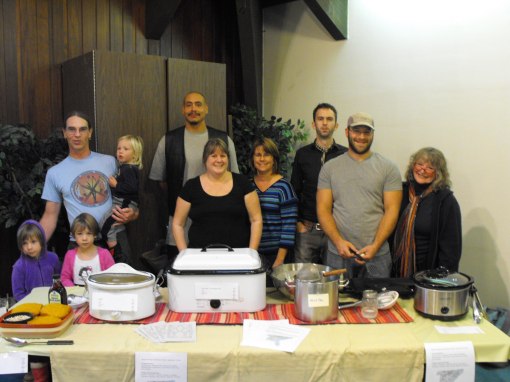Hesci!* This blog is the cooperative work of the Southeast Native American food group, part of Montana State University’s Native American Studies food systems class, fall semester 2012. This is a place to preserve and advance traditional knowledge of Southeastern Native American food.
* Greetings! in Muscogee
Evan:
Food is not just something to consume to keep you going. For Native Americans it is a relationship with the Earth, the energy of life, a way of healing, and a way to bring people together. Since colonization, much of this knowledge has been lost or overshadowed by another food system. This blog is created so that we may learn and share knowledge and experiences of traditional food gathering, harvesting, preparation, ways to eat, and finding meaning.
Evan:
In beautiful Montana we have a significant Native American population. Tucked in the mountains, out on the plains, and even in our small cities, Montana is home to the Blackfoot, the Crow, Northern Cheyenne, Flathead, Assiniboine, Lakota, Nakota, Dakota and many others. As well as Montana’s native nations, there is a variety of Native American residents from other parts of the United States. Although their cultures are strong, vibrant and are rich in traditions, stories, it cannot be ignored that much of their cultures has been overshadowed, and even oppressed, by the influx of Euro-Americans that have settled in this land over the past two centuries. With Montana tribes now comprising a small fraction of the Montana’s population, they face a struggle to retain their indigenous lifestyles. Among many other problems this disruption has caused, the loss of Native food systems is quite evident, with many natives relying on a Western industrial food system and forgetting their own cuisine.
The causes of this shift to western industrial food are complex and numerous. The tribes have been forced out of their homes and into reservations, and often onto land with poor soil or into ecosystems that they are unaccustomed to living in, making it difficult to continue their methods of agriculture, hunting, and gathering. In addition much of this land faces environmental destruction from mining, logging, fishing, oil extraction, and urban expansion. Native children were forced into boarding schools to become part of the Euro-American world of so-called “westernized” or “civilized” people. Ultimately, native food systems that have been evolving over thousands of years, today struggle to survive.
There have been efforts to improve the situation; from the American Indian Movement (AIM) that arose during the Civil Rights Movement, to establishing some levels of tribal sovereignty, and taking stronger action against environmental destruction. Universities in Montana now have programs and departments dedicated to addressing the issues, educating the public, and perpetuating Native American culture.
The Southeast group:
Jimi+kids, Ryan, Melinda, Stephanie, Evan, Ben, Lynn
Special thanks to Melinda for many of the lovely photos on this site and to Stephanie for the beautiful table setting!



Leave a comment